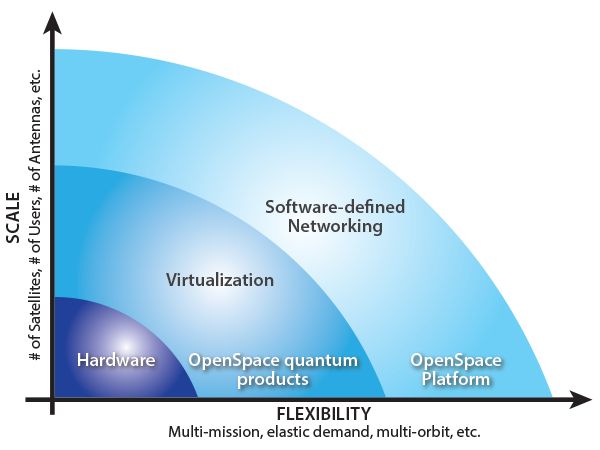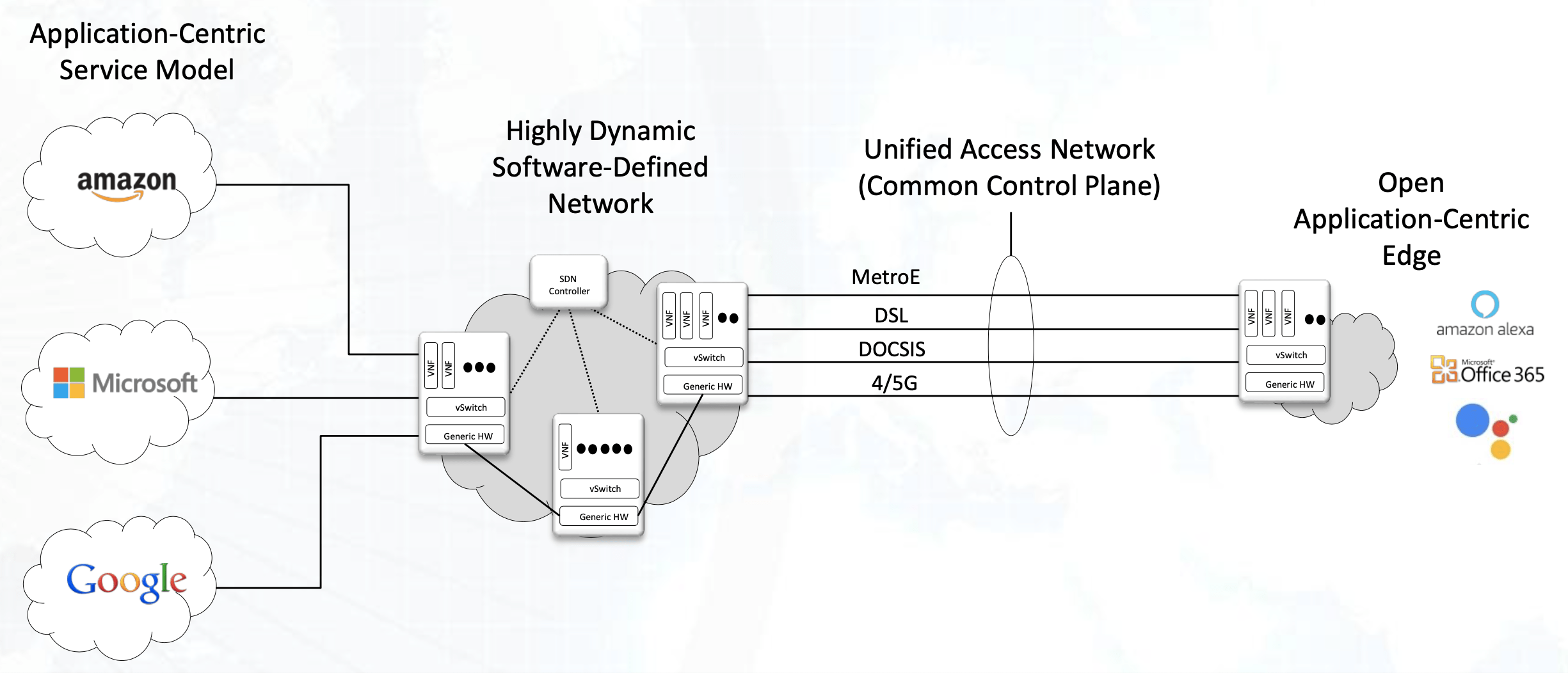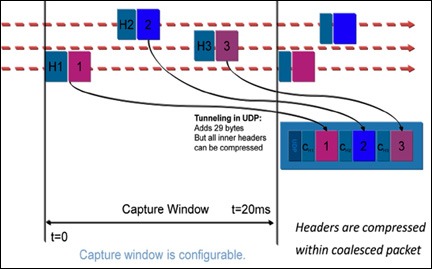High Performance and Availability for VSAT, Terrestrial Wireless, Cellular, and MSS Networks
Virtualize your redundant communications links into a single large bandwidth pool using Link-Balancing & Bonding. Optionally, setup your redundant links to automatically balance traffic on up to 4 links. Link Balancing and Bonding algorithms constantly detect and adapt to changes in link availability, capacity, and quality to groom traffic flows over the redundant links, transparently to higher layer protocols.

Figure 1: Link Bonding
Link-bonding algorithms monitor the link quality metrics to actively balance traffic on a packet-by-packet basis while maintaining packet order. The link-bonding algorithms also monitor the characteristics of the satellite links to match the VSAT’s available bandwidth to provide the highest level of performance, without interrupting the users sessions (session persistence). These are the qualities of a link-balancing and link-bonding solution suitable for satellite and wireless networks where the link stability and bandwidth is constantly changing in reaction to other users sharing the bandwidth and environmental factors affecting the link quality.
Not all link-bonding solutions are the same. Be sure the one you select can deal with all the conditions of our satellite and wireless network. Those built for terrestrial links most likely will not perform well on satellite, wireless or cellular links.
How can Link-Bonding and Link-Balancing be used?
- More Capacity: If a single VSAT/MSS/Wireless modem doesn’t meet user bandwidth requirements, add another modem and bond together for more total bandwidth.
- Greater Throughput: By offloading acceleration, QoS and other functions from your VSAT modem, you can get higher TCP/IP throughput through your existing infrastructure, without adding space segment.
- High Availability Sites: Link cutover is instantaneous because both links are always active. Session persistence and IP topology agnostic as opposed to multiple subnet paths or Policy Based Routing.
- Cost Reduction: Allows use of less expensive modems or RF to achieve the same capacity as higher cost VSAT Solutions.
- Higher Capacity into Regulatory Constrained Locations: Bonding allows for a higher bandwidth capacity over several smaller VSAT/Wireless units, providing higher maximum throughput while staying within regulatory limitations on dish size.
What are the key features to look for in Link-Bonding and Link-Balancing Product?
- Aggregates up to four links of any supported topology for more capacity.
- For sessions of streams exceeding the single link capacity, bonds across multiple links.
- Complete recovery and session persistence upon single link failure.
- Transparent to TCP and IP so no changes to address hierarchy required.
- Optimizes traffic while simultaneously performing the balancing/bonding function.
Who is using Link-Bonding and Link-Balancing with Satellite?
A mobile broadband provider is using LBB and QoS triggers on multiple EDVO links to provide dual paths off the vehicle as it moves from one coverage area to another. QoS monitors the load on the EDVO link, adding capacity by enabling a VSAT link (as a 3rd additional path) when capacity thresholds exceeded on the EDVO path. An Australian Company has recently added LBB to increase capacity and availability on their mission critical links to their mining sites and remote customers over VSAT. Finally, a maritime company is using link-bonding to bond two iDirect X7s together to get a 100Mbps link to yachts.




Hello Clinger
In your post I think that you are talking bonding about 2 services from the same NOC/Satelite to be received in 2 different VSAT terminals.
As I know bonding is possible only if you controle both source and distinations, otherwise it is only possible to make Load Banlance. Am I correct ?
Please comment, because is a matter that I am very much interested in bonding with 2 or more VSAT terminals. But I suspect is not possible with diferent NOC
Correct me if I am wrong. In this case advise me how to do it.
Best regards
Carlos Almeida
You have to control both devices with the X on them. In this case, these are Xiplink devices that can handle the difference in the latencies of the two different services from the VSAT provider. You can put the Xiplink device on the right at your corporate location which will combine the two data streams coming into it back to a single “connection.”